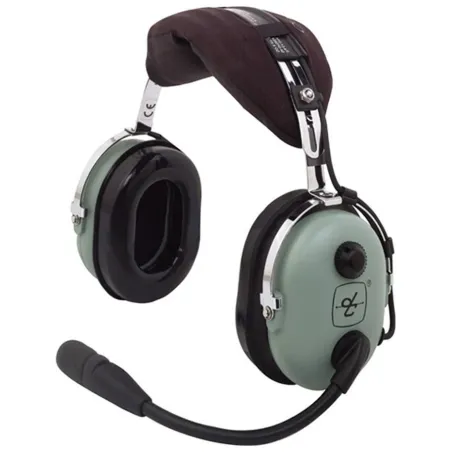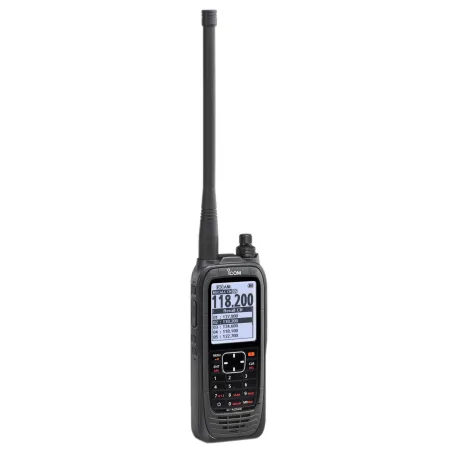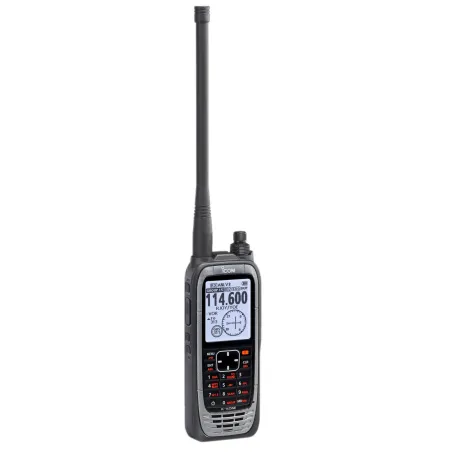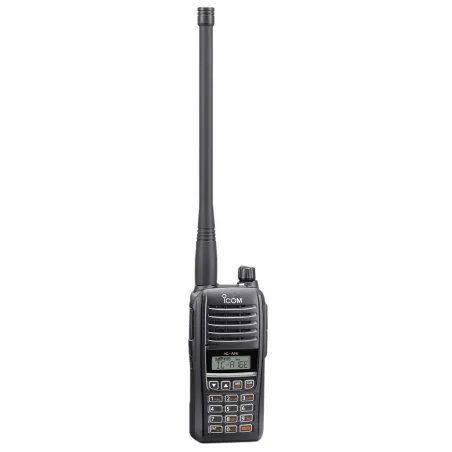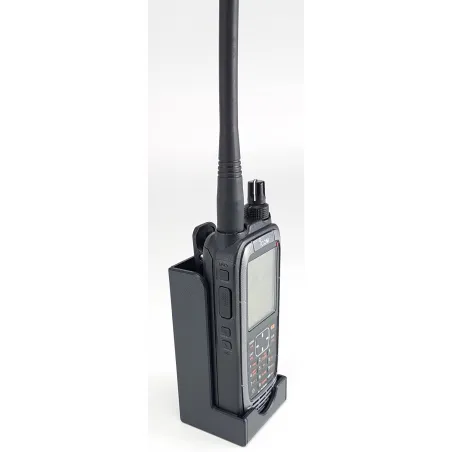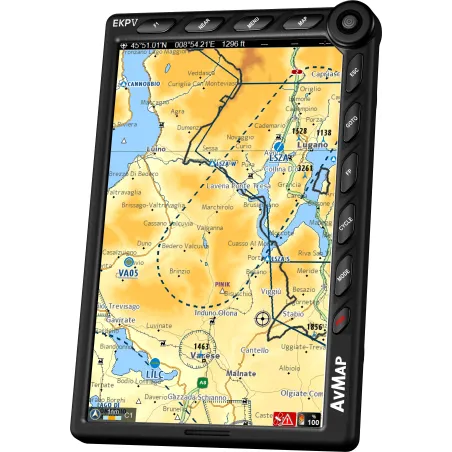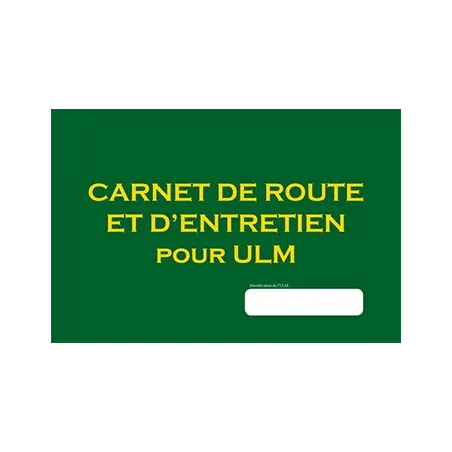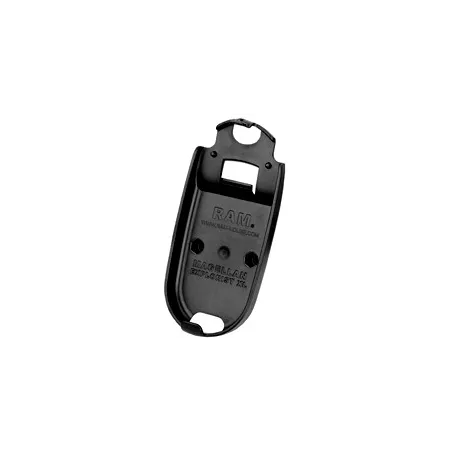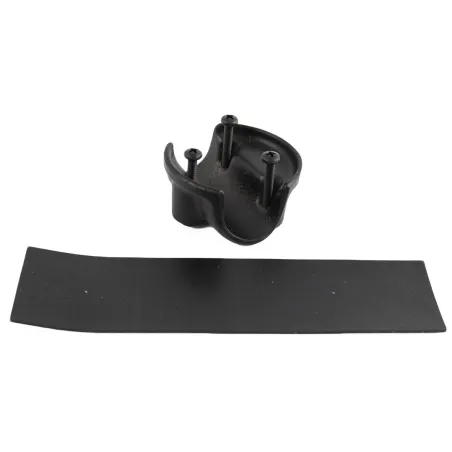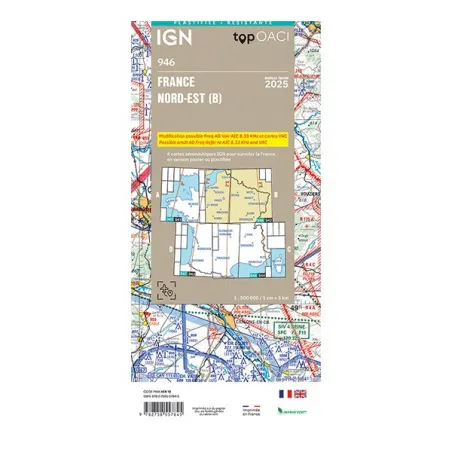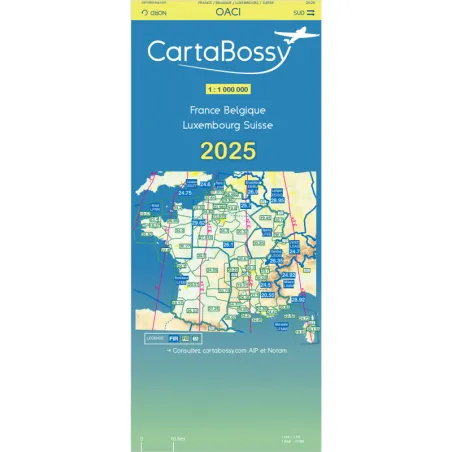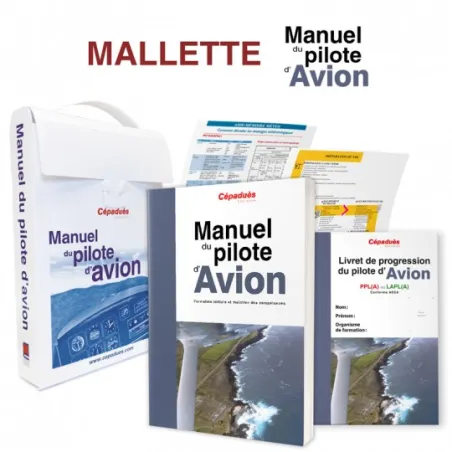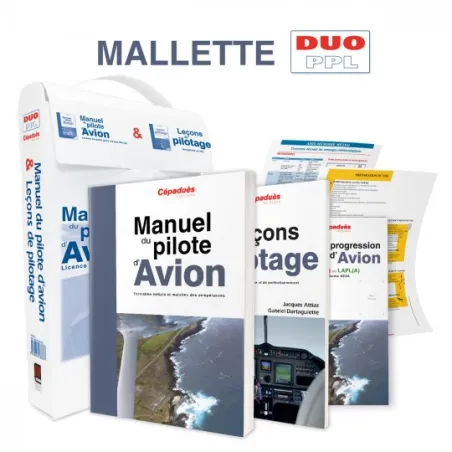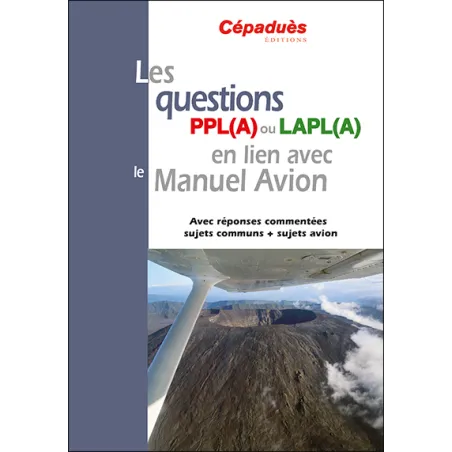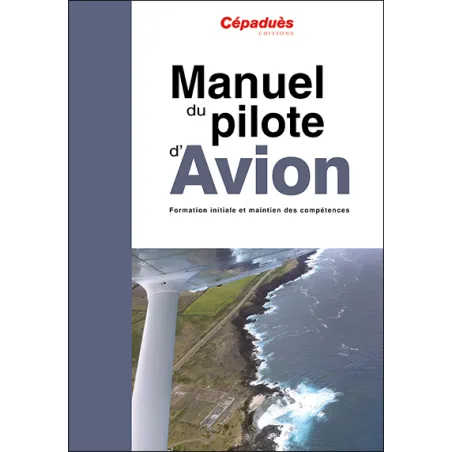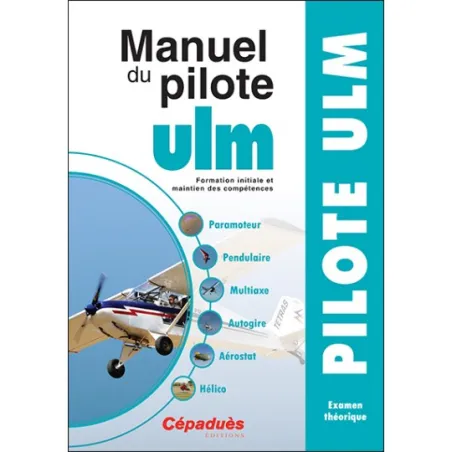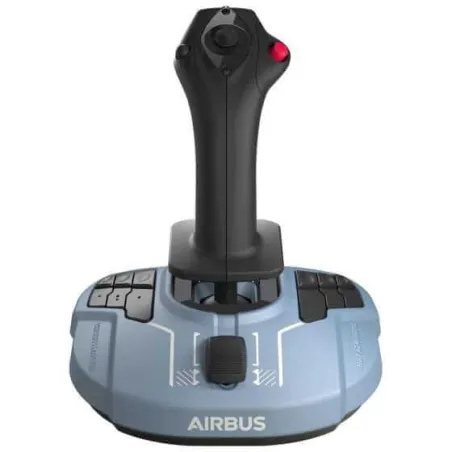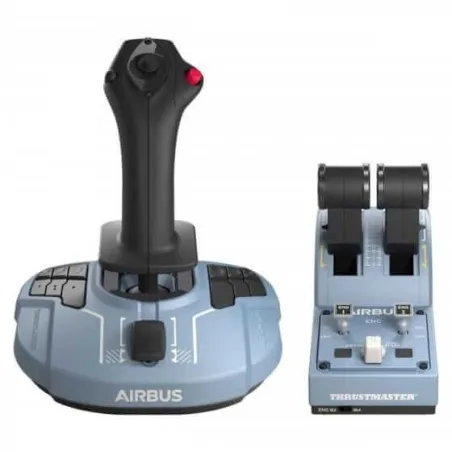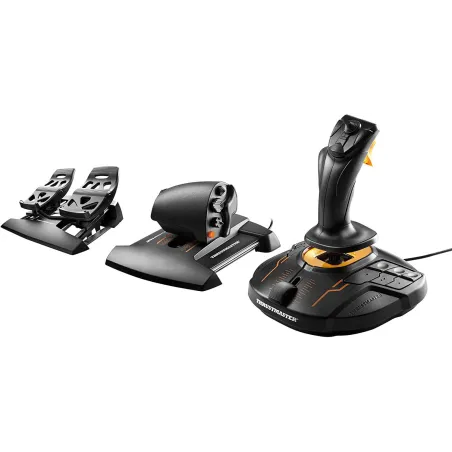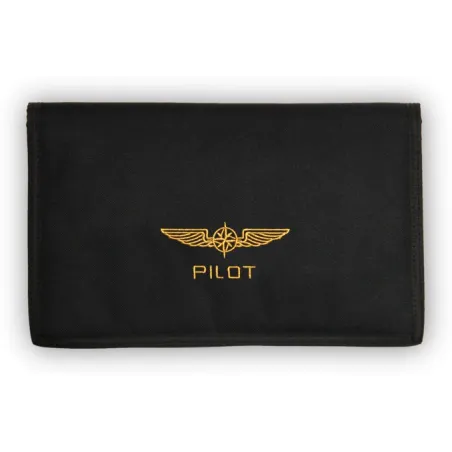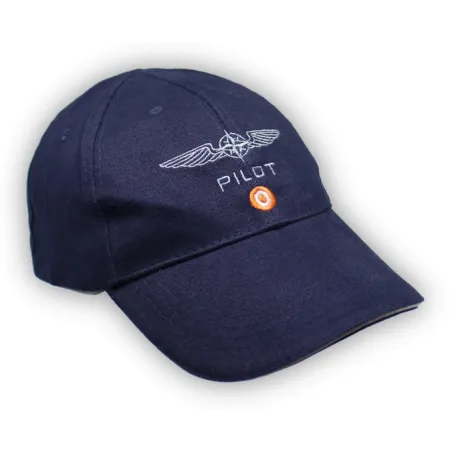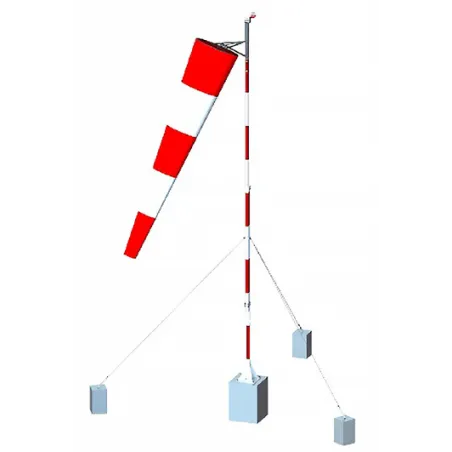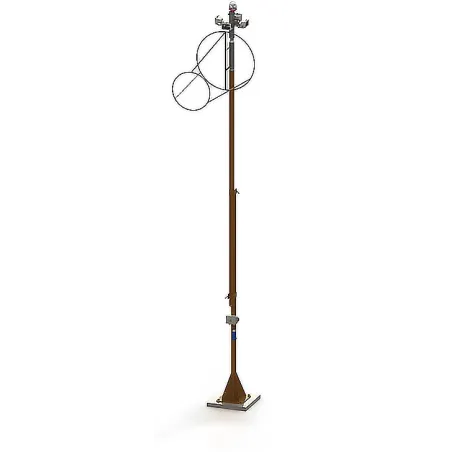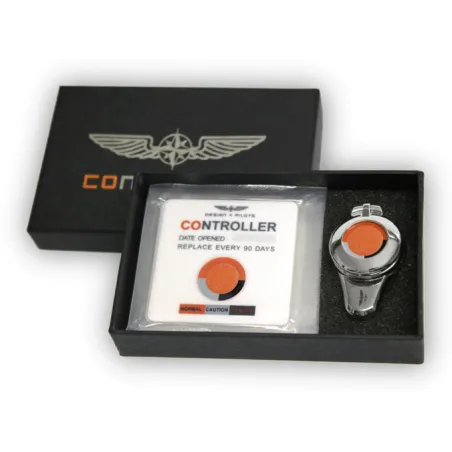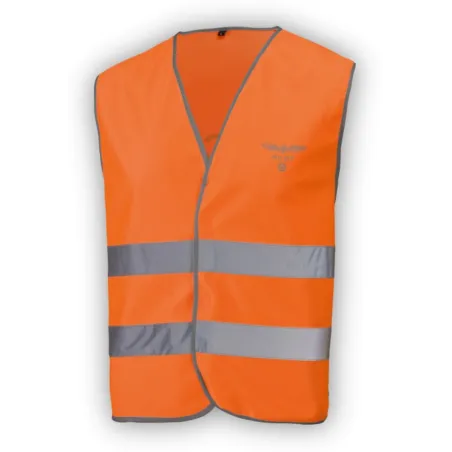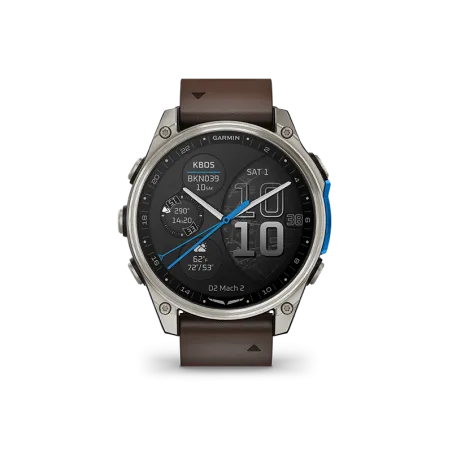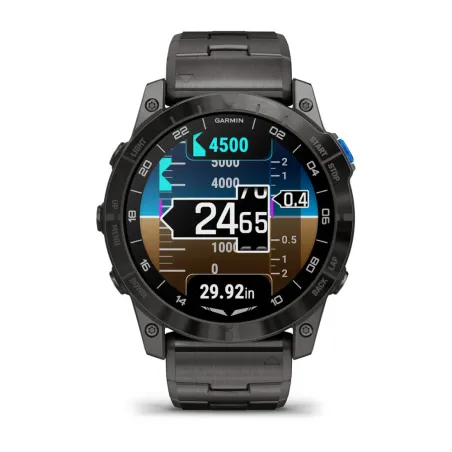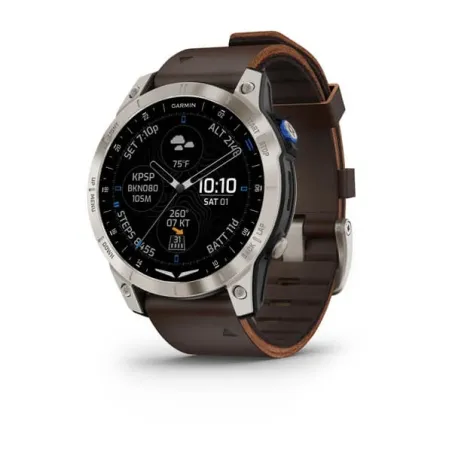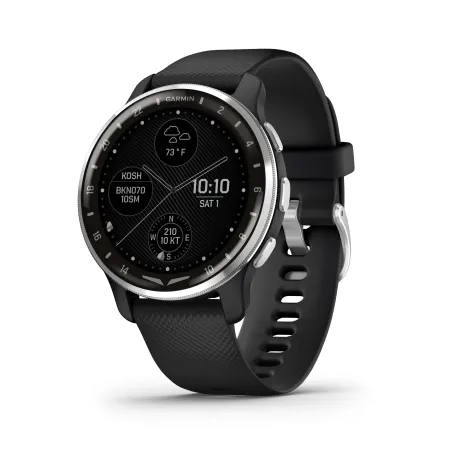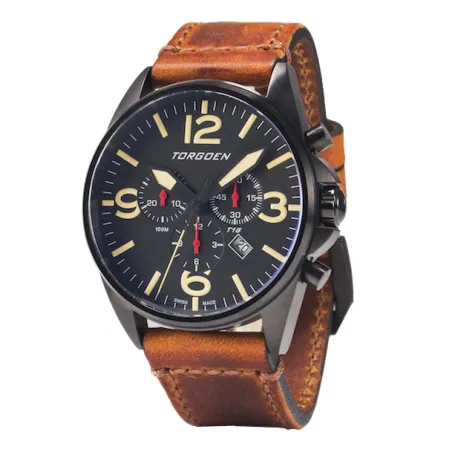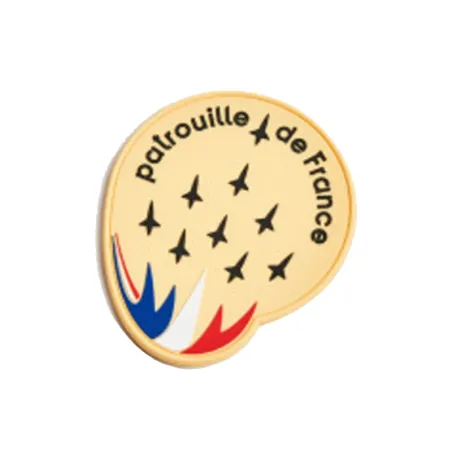Essential systems for flying safely in an ultralight
Categories :
BAYO
For several years now, innovation has been continuously transforming the light aviation sector; electric planes, flying taxis through the latest Olympic Games, and composite materials such as carbon fiber or glass. One of the advancements in the Ultra-Light Motorized Aircraft in recent years lies in the integration of sophisticated electronic systems.
Whether you are an experienced pilot or a novice, the addition of an EFIS (Electronic Flight Instrument System) can truly enhance your flying experience. But more importantly, these instruments are now considered essential to improve flight safety and accuracy, especially in bad weather conditions. Without further delay, what exactly is an EFIS?
What is an EFIS?
An EFIS (Electronic Flight Instrument System) is an essential tool in modern avionics. It centralizes crucial flight information, such as altitude, speed, and latitude of the aircraft, on a cutting-edge digital screen. This lightweight and compact system is particularly suited for ULMs, where space is quite limited. Moreover, it improves readability thanks to high-definition screens, and includes advanced features such as data storage and backup power. Its use simplifies instrument management while increasing safety and flight accuracy. It’s important to understand that the EFIS allows customization via its screen according to individual preferences, thus ensuring efficient adaptation to various weather conditions. However, the horizon or autopilot are technologies often requested for this type of product.
Why is it an advantage in ULMS?
In ULMS, the visibility and readability of instruments can be limited due to a typically compact cockpit, reducing available space for these instruments. But more importantly, because of its weight, which significantly amplifies vibrations and movements, complicating data interpretation. Not to mention the brightness of the sun (reflections) affecting the clarity of the devices. The EFIS helps consolidate this essential data on a single screen, making it easier and faster to read. Additionally, a key advantage not to overlook is its reliability; indeed, EFIS devices are much more durable with less maintenance, which is beneficial for maintenance costs, unlike analog instruments that will wear over time and need to be checked regularly.
The Artificial Horizon: Essential Flight Safety
The artificial horizon is a crucial instrument in avionics, particularly in situations where visibility is limited (at night or in complex weather conditions), where the horizon visible to the naked eye becomes undetectable, or even invisible. It contributes to the display of the aircraft's latitude (roll and pitch) relative to the horizon, providing an essential advantage for maintaining a stable flight.
In mountainous areas, it also plays a key role in helping avoid spatial disorientation due to disturbed or absent visual references. Disorientation can quickly lead to a loss of control of your aircraft, making the artificial horizon essential for your safety. Modern and compact, it is particularly suited for ULMS due to its lightweight design and compatibility with minimalist dashboards.
Autopilot: The Solution for Simplifying Flight Management
Integrating an autopilot (AP) in a ULM represents a major step forward for comfort and safety throughout the flight duration. This system automatically stabilizes the aircraft, whether maintaining altitude, trajectory, or heading, without continuous pilot intervention. It greatly reduces the mental and physical load on the pilot, particularly during long and demanding flights where stress and anxiety can be present with intensity.
The AP is particularly useful in unstable weather conditions, such as changing winds or turbulence. It helps maintain a stable course, even when visibility is reduced, giving the pilot time to focus on other crucial aspects of flight, such as navigation or monitoring onboard systems.
In ULMS, where the structure's lightness can amplify the effects of aerodynamic variations, the autopilot helps reduce fatigue risks and human errors, especially during long flights. Some models feature advanced functions, such as automatic altitude hold or the execution of predefined patterns, making the flying experience even more intuitive and enjoyable for each pilot.
However, as with any electronic equipment, using an AP requires pre-training, which allows pilots to fully exploit all its features, understanding their limits and ensuring safe and optimal use of the autopilot. However, this tool does not replace a pilot trained for many years; it should be seen as an assistance tool.
How to Choose the Right System for Your ULM?
Today, there is a wide variety of EFIS systems, each with its own characteristics. The choice will depend on several factors: the type of ULM, your personal preferences, and the type of flight you perform (short, medium, or long-haul). Therefore, we should present you with EFIS systems that integrate all the features discussed.
The Garmin G5 EFIS: A Revolution to Modernize Your Cockpit
The Garmin G5 EFIS is much more than just a flight instrument: it’s a technological revolution for ULM and light aircraft dashboards. Compact, versatile, and incredibly efficient, it transforms the pilot’s experience by combining several essential functions on a high-resolution screen, readable even in full sunlight.
Versatility is the key word for the G5. This instrument can be configured to perform various roles: artificial horizon, directional indicator (HSI), or primary display for GPS or VOR navigation. Connected to additional equipment such as NAV/COM radios or an autopilot, it becomes a true nerve center for your cockpit. When paired with a Garmin GPS or a VHF, the G5 displays critical data such as magnetic course, GPS or VOR guidance, and distances to a waypoint. By centralizing this information on a single compact screen, it replaces multiple analog instruments, freeing up space and simplifying ergonomics.
It integrates a high-sensitivity GPS receiver and can display essential navigation data, while measuring speeds up to 300 knots and altitudes from -1,400 to +30,000 feet. In case of failure, its optional lithium-ion battery ensures up to 4 hours of autonomy, but it can also be connected to your cockpit, which, in this case, won’t need a battery. Lightweight (249.5 g for the main unit), it is EASA and FAA certified, offering a modern and reliable solution for pilots. This model is certified for use in many light aircraft and comes with a 2-year warranty. Additionally, the GTN™ Xi 2 series navigators or a Garmin portable GPS such as the aera 660, the aera 795, or the aera 760 can be connected to the G5's serial port, enabling the autopilot to link laterally to the flight plan and vertically to manage VNAV (Vertical Navigation) descents at the model’s altitude.
The AvMap Ultra EFIS: The Compact Revolution for ULM and Light Aircraft Flight Instruments
The AvMap Ultra EFIS is a revolutionary flight instrument designed to meet the needs of ULM and light aircraft pilots. Ultra-compact, lightweight, and powerful, it integrates 9 essential instruments into one device. This unique model combines an altimeter, an artificial horizon, a speed indicator, a directional gyroscope (HSI), a slip indicator, a variometer, a GPS-based direction detector, a G-meter, and a magnetic compass.
Equipped with a 3.5-inch ultra-bright LCD screen, the AvMap Ultra EFIS ensures optimal readability in all circumstances. Its advanced technology relies on semiconductor sensors and a state-of-the-art motion processor, providing unparalleled accuracy. Additionally, its compact and lightweight design (145 g) allows for easy installation, with a mounting depth of just 2.49 inches. It also includes a preloaded Jeppesen database, providing direct access to critical airport information, VOR, and NDB data.
The AvMap Ultra EFIS is the ideal choice for pilots looking to modernize their cockpit without compromising on reliability.
Share this content
Please log in to rate this article






